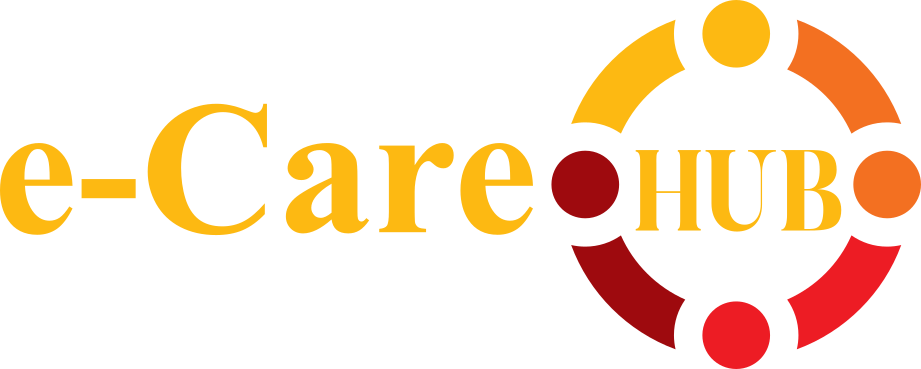HCS76-IT Equipment Security Policy
{{org_field_logo}}
{{org_field_name}}
Registration Number: {{org_field_registration_no}}
IT Equipment Security Policy
1. Purpose
The purpose of this policy is to ensure that {{org_field_name}} maintains the highest standards of data protection, cybersecurity, and physical security for all IT equipment used in the delivery of home care services. This policy establishes clear guidelines for safeguarding IT assets and data, ensuring compliance with Care Inspectorate Scotland regulations, GDPR, and other relevant security standards.
2. Scope
This policy applies to:
- All staff members who use IT equipment (including desktops, laptops, tablets, mobile devices, and external storage devices).
- Management and IT administrators responsible for ensuring secure IT operations.
- Third-party service providers with access to IT equipment or data.
- Cloud-based systems and networks used for storing and processing sensitive information.
3. Legal and Regulatory Requirements
- General Data Protection Regulation (GDPR)
- UK Data Protection Act 2018
- Care Inspectorate Scotland Guidelines on Digital and IT Security
- Cyber Essentials Security Framework
- Scottish Social Services Council (SSSC) Codes of Practice
4. Responsibilities
- IT Security Manager (or designated IT lead): Oversees IT security measures, risk management, and compliance.
- Registered Manager: Ensures that all staff comply with IT security procedures.
- All Employees: Must follow IT security protocols and report any breaches or suspicious activity.
- External IT Providers: Must comply with contractual obligations for data security and IT equipment management.
5. IT Equipment Security Measures
5.1 Physical Security of IT Equipment
- Workstations, laptops, and mobile devices must be locked when unattended.
- Secure storage: Devices not in use must be stored in locked cabinets or designated secure areas.
- Company-owned IT equipment must not be left in unsecured locations, such as vehicles or public places.
- Use of encrypted USBs and external storage devices is mandatory for transferring sensitive data.
- Lost or stolen devices must be reported immediately to management and IT security personnel.
5.2 User Authentication and Access Controls
- Staff must use strong passwords: At least 12 characters with a mix of letters, numbers, and symbols.
- Multi-factor authentication (MFA) is required for accessing sensitive systems and remote logins.
- Individual user accounts must be used—shared logins are prohibited.
- Access to sensitive systems is granted based on role-based permissions (least privilege principle).
- Automatic logoff: Devices must be set to automatically log off after a period of inactivity.
5.3 Data Protection and Encryption
- All confidential data stored on IT devices must be encrypted using industry-standard encryption protocols.
- Email communication containing sensitive information must be encrypted and sent through secure channels.
- No personal devices may be used to store or process company data without prior approval.
- Cloud storage solutions must comply with GDPR and Cyber Essentials security guidelines.
- Regular backups: Critical data must be backed up daily to a secure, encrypted storage location.
5.4 Use of IT Equipment and Internet Security
- IT equipment should only be used for authorised business purposes—personal use is strictly limited.
- Antivirus and malware protection must be installed and updated regularly.
- Firewall protection must be enabled on all company-owned devices.
- Staff must avoid using public Wi-Fi for accessing company systems unless a VPN (Virtual Private Network) is in place.
- Software updates and patches must be applied regularly to ensure security vulnerabilities are addressed.
5.5 Remote Working and Mobile Device Security
- Remote workers must use company-approved VPN connections for secure access to internal systems.
- Mobile devices must have remote wipe capabilities enabled in case of loss or theft.
- Confidential data should not be stored on local device memory—use cloud storage instead.
- Avoid printing sensitive information when working remotely.
6. Incident Management and Reporting
6.1 Identifying and Reporting Security Incidents
- Any suspected data breach, phishing attempt, or unauthorised access must be reported immediately to the Registered Manager:
Email: {{org_field_registered_manager_email}}
Phone: {{org_field_phone_no}}
- Security incidents must be logged and investigated to determine root causes and preventative measures.
- Staff must complete cybersecurity awareness training to identify and mitigate potential threats.
6.2 Breach Containment and Recovery
- In case of a security breach, IT administrators will initiate the incident response plan.
- Affected systems will be isolated to prevent further damage.
- Data recovery procedures will be implemented if necessary.
- Regulatory authorities (e.g., ICO, Care Inspectorate) will be notified if the breach involves personal data.
7. Training and Compliance
- All employees must complete annual IT security training.
- Regular security audits and penetration testing will be conducted to assess vulnerabilities.
- New staff members must undergo cybersecurity induction training before accessing IT systems.
8. Record-Keeping and Compliance Monitoring
- IT security logs and incident reports must be maintained for a minimum of five years.
- Quarterly IT security reviews will be conducted to assess compliance.
- Audit results will be reviewed by senior management, and corrective actions will be implemented.
9. Related Policies
- Data Protection and GDPR Compliance Policy
- Remote Working Policy
- Acceptable Use of IT Policy
- Incident Reporting and Management Policy
10. Policy Review
This policy will be reviewed annually or immediately following a significant security incident. {{org_field_name}} is committed to maintaining a secure IT environment to protect the privacy, confidentiality, and integrity of all data and IT assets.
Responsible Person: {{org_field_registered_manager_first_name}} {{org_field_registered_manager_last_name}}
Reviewed on: {{last_update_date}}
Next Review Date: {{next_review_date}}
Copyright © {{current_year}} – {{org_field_name}}. All rights reserved.
